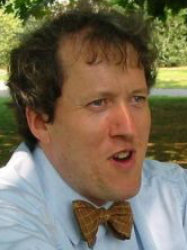BibTex format
@article{Fogarty:2020:10.1103/PhysRevMaterials.4.113806,
author = {Fogarty, R and Smutna, J and Wenman, M and Horsfield, A},
doi = {10.1103/PhysRevMaterials.4.113806},
journal = {Physical Review Materials},
title = {Beyond two-center tight binding: Models for Mg and Zr},
url = {http://dx.doi.org/10.1103/PhysRevMaterials.4.113806},
volume = {4},
year = {2020}
}

